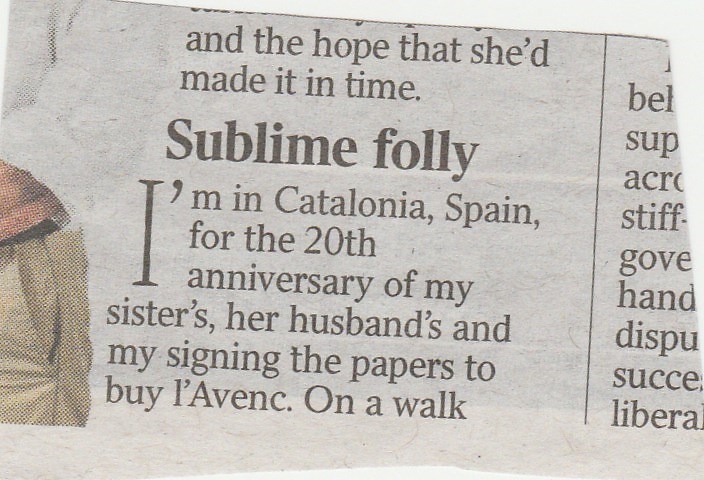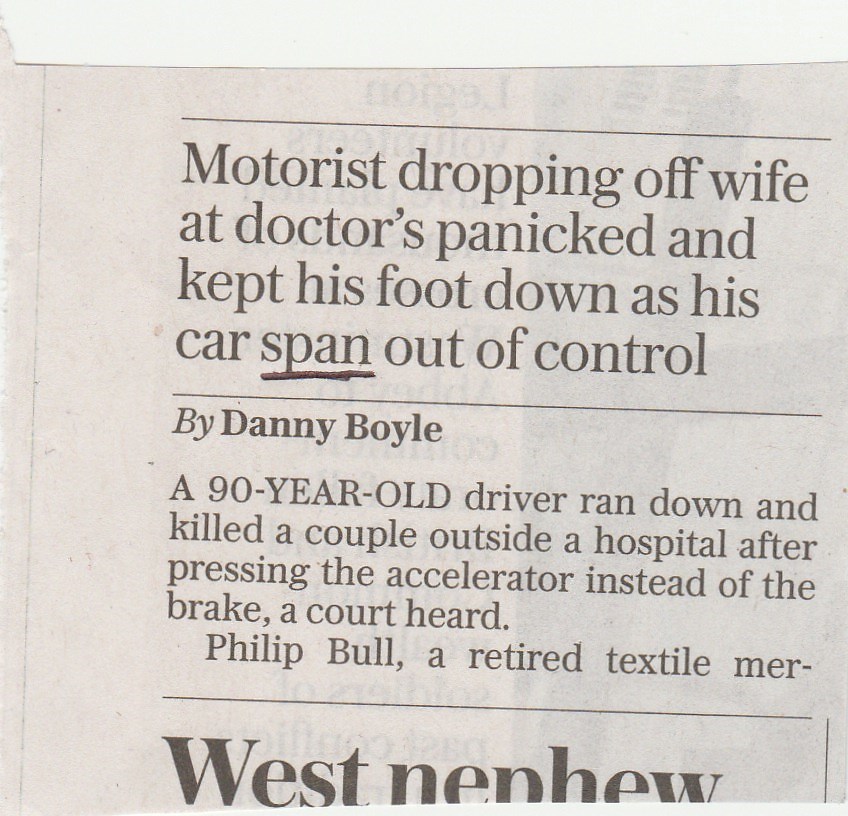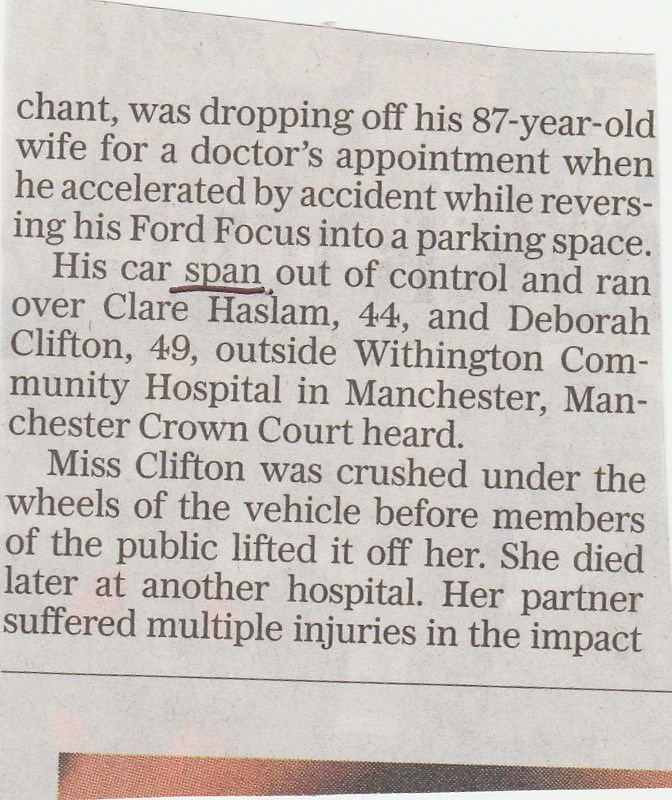 i newspaper, November 8, 2017, page 1
i newspaper, November 8, 2017, page 1
 i newspaper, November 8, 2017, page 11
i newspaper, November 8, 2017, page 11
Imagine the joy in media offices when this story came in: ‘Now we can trot out all those stupid phrases with “ewe” in them!’ Never mind that they don’t have anything to do with the story. The i newspaper went mad and used two. They missed this one, but the Times didn’t:
Hello ewe: sheep recognise a famous face, say neuroscientists
At ITV Online they disinterred this one:
Would ewe believe it? Sheep can recognise celebrity faces
At the Guardian, they thought this was clever:
Is it … Baa-rack Obama? Sheep able to recognise celebrities, say neuroscientists
It isn’t, though, is it? Not remotely.
Nor is this, from the Yorkshire Post:
President Obaa-ma, I presume? – sheep can recognise human faces
I would have been tempted to try something on the lines of
Smarter than they look – sheep can recognise human faces
 The Times, November 10, 2017
The Times, November 10, 2017 i newspaper, November 8, 2017, page 1
i newspaper, November 8, 2017, page 1 i newspaper, November 8, 2017, page 11
i newspaper, November 8, 2017, page 11
 The Times, November 8, 2017
The Times, November 8, 2017

 Daily Telegraph, November 7, 2017
Daily Telegraph, November 7, 2017 The Times, November 7, 2017
The Times, November 7, 2017 Daily Telegraph, November 7, 2017
Daily Telegraph, November 7, 2017 The Times, November 6, 2017
The Times, November 6, 2017